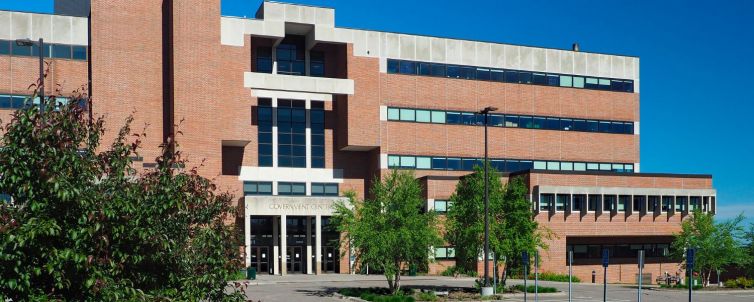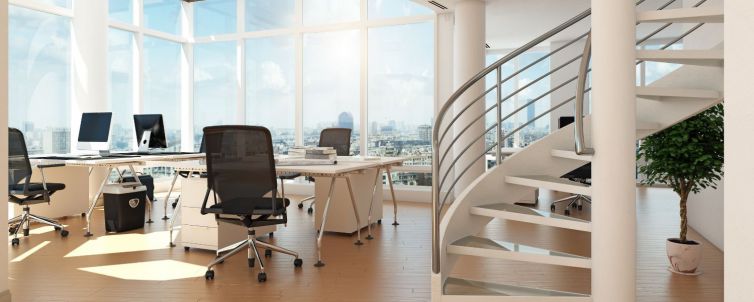The Customer
Health Education England (HEE) is an executive non-departmental public body of the Department of Health responsible for providing national leadership and coordination for the education, training and workforce development within the health and public health sector throughout England. With 24 offices across the country, HEE ensures that the workforce of today and more than 160,000 students studying to be doctors, nurses, paramedics, and more have the skills, values and behaviors, at the right time and in the right place.
The Challenge
Before Health Education England (HEE) implemented FM:Systems occupancy sensors in its three headquarter offices in 2014, the organization was relying heavily on conflicting anecdotal data and multiple sources to manage their space needs. While several departments reported there weren’t enough desks available for their current staff and future hires, Tom Blackwell, Facilities Manager for HEE, recalled walking around and seeing about half of their nearly 600 desks completely empty. Tom mentioned his facilities management team members “got to the point of physically going around and monitoring four times a day to see who was at a particular desk.”
Installing FM:Systems occupancy sensors in the HEE headquarter offices quickly revealed the marquee buildings were in fact largely underutilized – only about 60 percent of their space was being used which represented approximately 220 available desks. “I knew using these occupancy sensors was the right thing to do pretty much as soon as they were installed in the London office and the reported numbers were relating almost directly to what we were finding with our physical building checks,” said Tom.
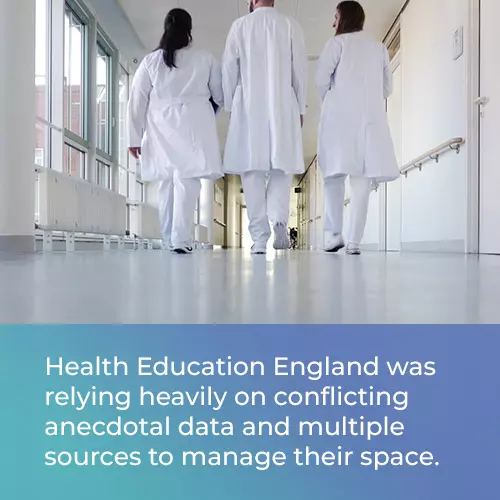
With occupancy sensors tracking utilization rates and reporting precisely how their workspaces were being used, facilities teams, IT, HR and key executives were all able to get on the same page. This gave the organization the opportunity to use their space more efficiently and make strategic real estate and space management decisions that had a positive impact on cost savings.
Further, when the COVID-19 pandemic forced offices to close down across all of England’s major cities, Tom knew HEE would need increased, real-time visibility into all 26 of their buildings to effectively maintain the most critical systems of their nearly vacant buildings. Looking ahead, he also knew they’d need a system that could help them plan a safe re-entry in a COVID world, not to mention a flexible solution that could respond to meeting the ever-changing reopening guidelines.
“FM:Systems workplace occupancy sensors were really helpful because one of the things that we’ve always struggled with as a team was looking at occupancy.”
– Tom Blackwell, Facilities Manager for HEE
The Solution
As leaseholders, HEE’s facilities team is responsible for keeping the buildings up to a certain standard – they need to keep the buildings looking fresh and usable in order to avoid incurring huge production costs at the end of their tenancy. Another huge element to this is being able to adapt the way the office actually works.
Prior to the pandemic, only 15 percent of HEE’s staff was working remotely. When COVID closures occurred, 99.9 percent of their staff began working remote.
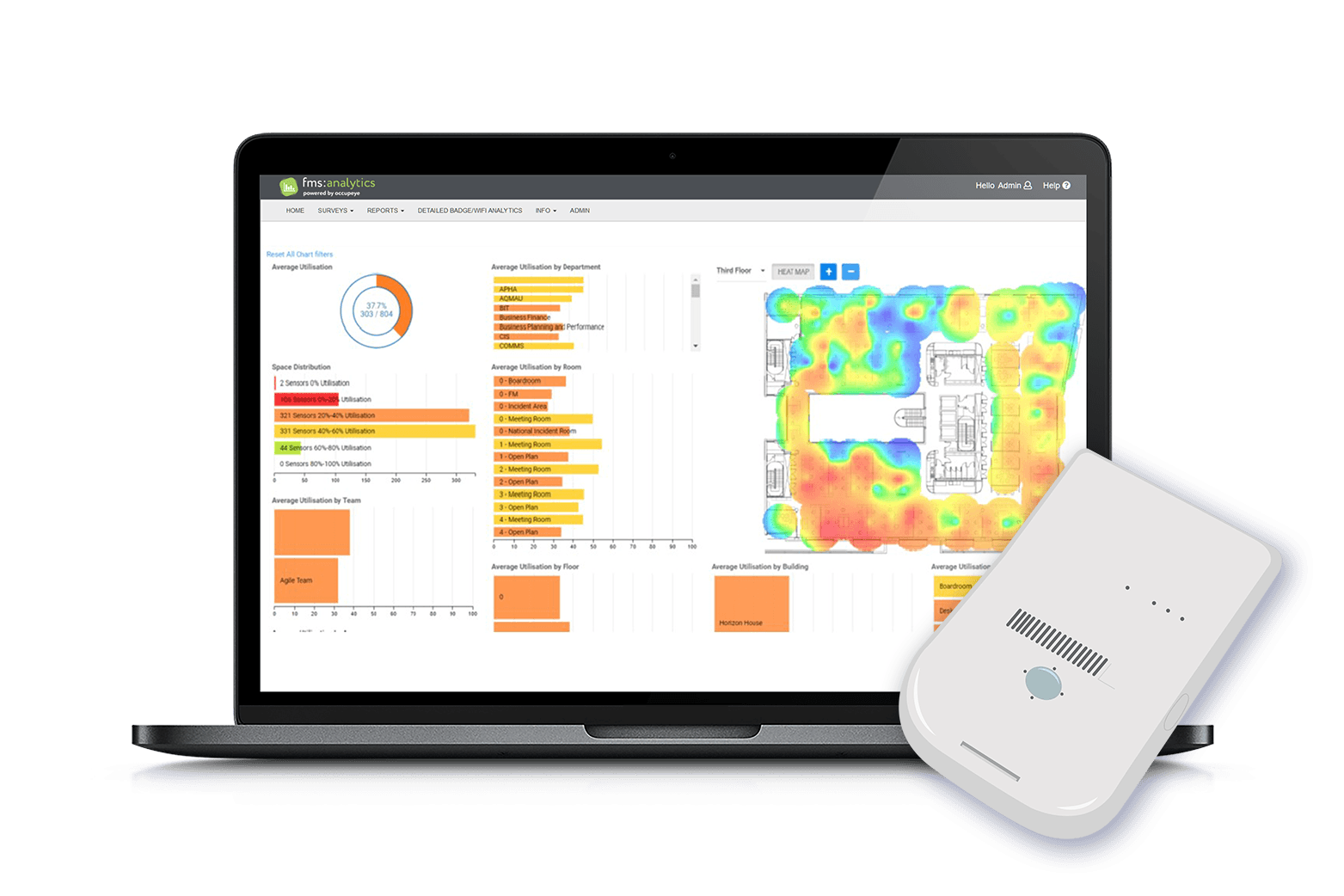
“It was remarkable just how quickly teams, like our IT team, managed to get laptops, monitors, and more out to staff to keep them working. And how corporate policies were just as quickly updated. Most importantly, we’ve been able to continue fulfilling our key responsibility in providing medical and dental experts to the NHS, supporting recruitment, and transferring medical trainees onto the front line of the NHS – all while working remotely. That’s 30,000 posts in general surgery every year. We’ve managed to do this with almost all of our staff working from home. This proved that a flexible use of space would be a smart option when we reopened, but we’d need the right workplace management technology solution to do it right.”
Knowing the ongoing pandemic meant unexpected changes would likely need to be made to their workplaces, HEE decided to expand its use of FM:Systems workplace occupancy sensors across all of its 26 buildings to provide a clear understanding of how their full real estate portfolio was being used day to day. The organization also started using FM:Systems’ Full Service Room Scheduling solution so employees could reserve available, sanitized desks in advance. From tracking space utilization to modeling floor planning scenarios to ensure employees who needed to come into the office had an available place to work, these two systems together helped HEE successfully adopt a hybrid workplace re-entry strategy with health and safety in mind – all from the cloud.
“From the day we got the green light, the FM:Systems team had its Full Service Room Scheduling system pretty much ready to go six days later.”
– Tom Blackwell, Facilities Manager for HEE
The Results
Today, Health Education England is using over 1,000 FM:Systems’s occupancy sensors and the cloud-based room scheduling solution to cover 540 workspaces across 12 of its sites for the ultimate way to use space more strategically while enabling a safe, flexible work arrangement to its staff.
New Level of Decision Making
Prior to using sensors, workspace utilization rates were hard to report accurately and hugely disjointed. With its extensive use of FM:Systems workplace sensors, HEE gets objective real-time views of occupancy and utilization, arming executives with data-driven, actionable insights to make smart decisions around making the best use of its real estate portfolio.
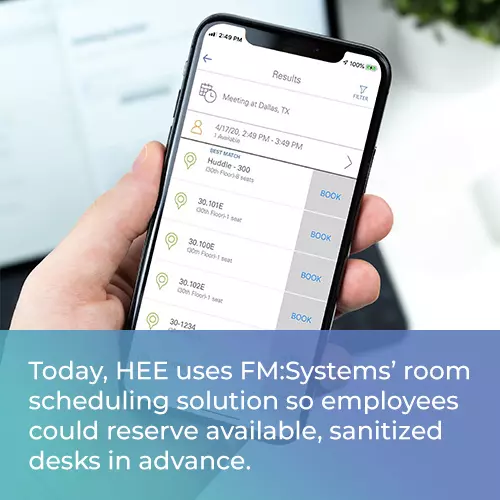
Reduced Workspace Inefficiencies
In the past, the facilities teams noticed rooms being booked for double, sometimes triple the amount of time that staff actually used the space. By integrating FM:System’s meeting and room booking solution in combination with the occupancy sensors, Tom and his facilities management team are now able to rethink the office layout to take better advantage of their space and actually see what areas are available to book. During the pandemic, the organization has also gained the additional advantage of knowing exactly when and how long a space is being used, ensuring proper sanitization efforts once the space has been vacated.
Communicated Employee Comfort and Mental Wellbeing Priorities
The organization also acknowledged the comfort and mental wellbeing of its employees as being a key factor in how it was adjusting to the changes and challenges that post-COVID workplace requirements represent. With the expanded implementation of occupancy sensors across the organization’s real estate portfolio, HEE was able to demonstrate to its employees that their health and safety was a priority, allowing them to more confidently transition back to the workplace.
“We have 18 of our 26 offices open present day at a 60 percent occupancy rate. We wouldn’t be open during a pandemic if we didn’t have FM:Systems in place. I think as an organization, we will also look to remove a huge chunk of desks in our offices because we’ve now proved that we don’t need them. And we’re certainly not going to need them now post-pandemic,” said Tom.
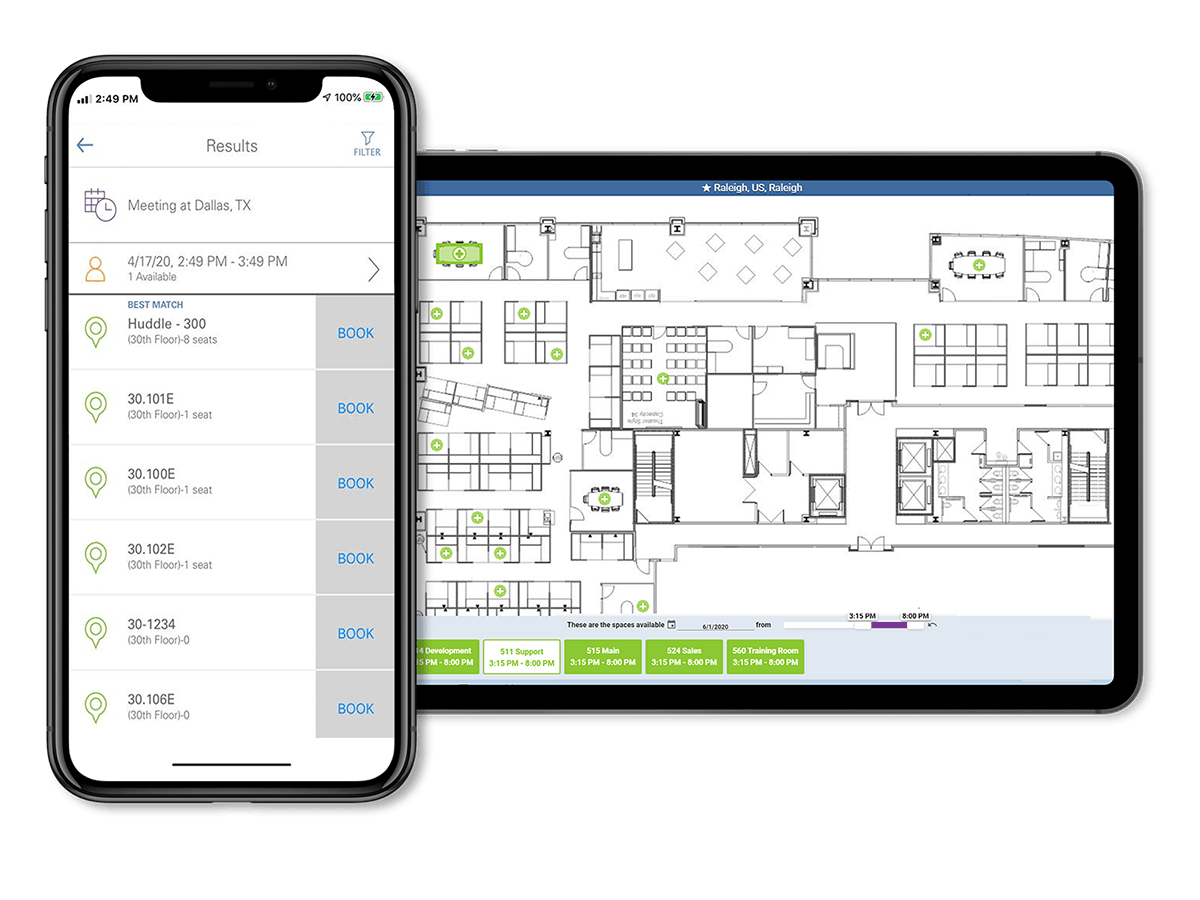
Increased Flexibility and the Adoption of a Hybrid Work Experience
After its forced experiment of nearly a 100 percent remote workforce through the pandemic shut downs, HEE recognized the concept around what work is and the perception of how, when and where work gets done has forever changed. Employees are no longer in the mindset of “my desk, my space” making a hybrid work environment highly attractive: one where employees can work from home and the office, given them the freedom to book office space when needed.







